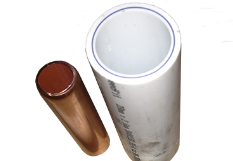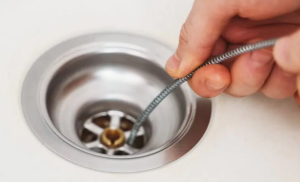Plumbing projects can sometimes seem extremely complex. But with the right prep, tools and instructions, there is no reason why they should be. Before getting started, you should give some thought to the type of pipes you want to use, the fittings and valves you need, and the equipment that will help make things easier for you.
Which pipes should you use?
When it comes to pipes, there are several different schools of thought as to which material is best. Whilst copper has been used for many decades, it has perhaps now been overtaken by plastic as the preferred choice.
A key consideration is the exact application of the pipe. For example, copper can deal with higher temperatures than plastic. Other advantages of using copper are its durability, corrosion resistance, antimicrobial properties and recyclability. The main downsides are cost and susceptibility to freeze damage.
Plastic pipes offer reliability, flexibility, easy installation, and corrosion resistance at a low price. However, they tend to be less durable than copper and are harder to recycle.
What fittings do you need?
Fittings and connectors are an important consideration. These help to ensure reliable and safe connections throughout the system. Push-fit technology has been developed in recent years and can deliver secure and safe connections.
Copper pipe fittings
Copper pipe fittings can reduce the need for soldering, welding etc. The range of copper pipe fittings available includes compression fittings, end-feed fittings, solder ring fittings, push-fit fittings, and press fittings. All of these make things considerably easier (and safer).
Choosing the right valves
Picking the best valves for your project is important for efficient, consistent, and reliable performance. After all, they regulate and control the flow through the system. You might need ball valves, thermostatic mixing valves, pressure-reducing valves or air-admittance valves.
Equipment
When undertaking a plumbing project, you will also need several pieces of equipment. This includes saws or cutters, wrenches and drain cleaning tools. And do not forget protective gear such as goggles and gloves.


